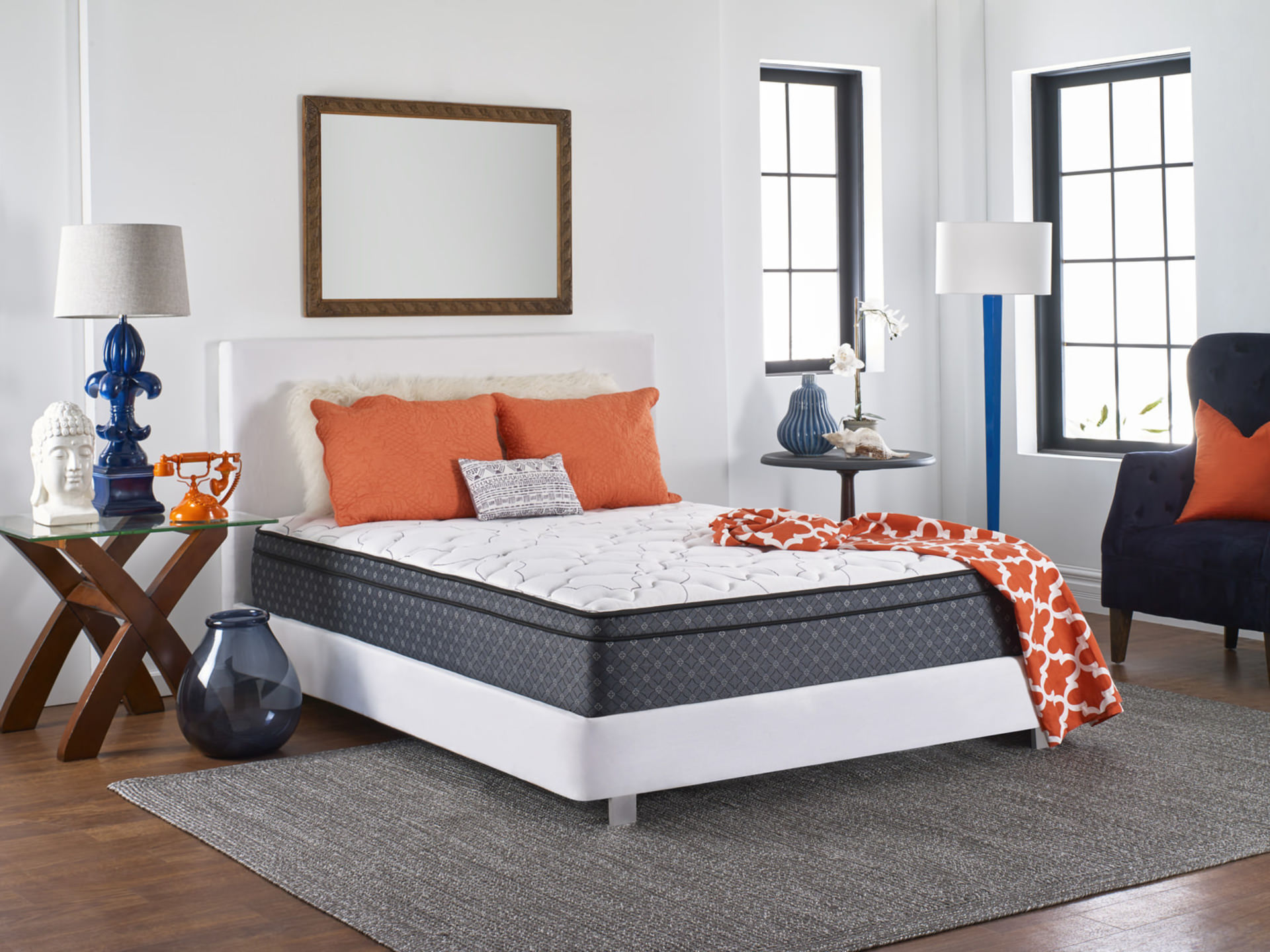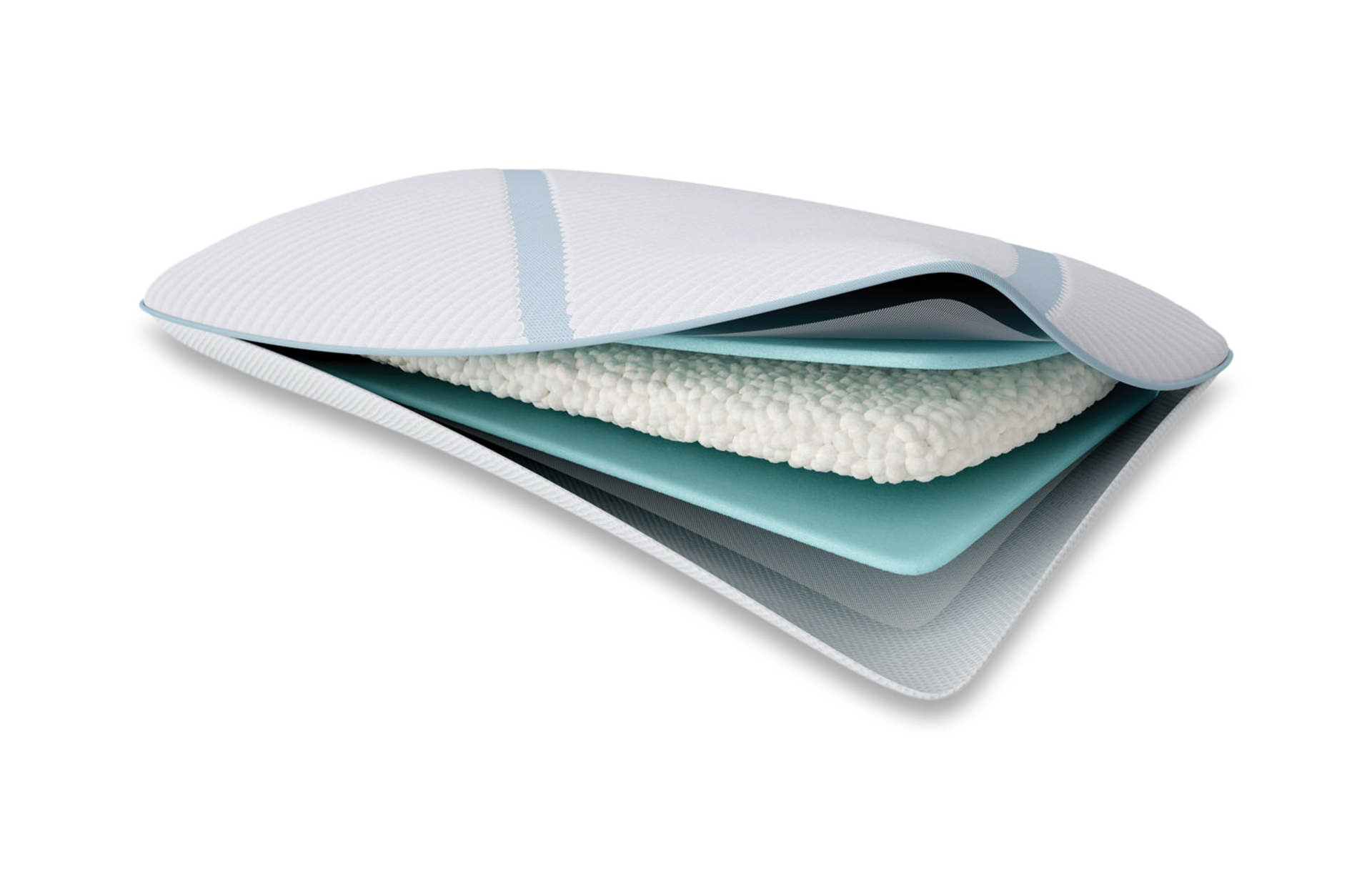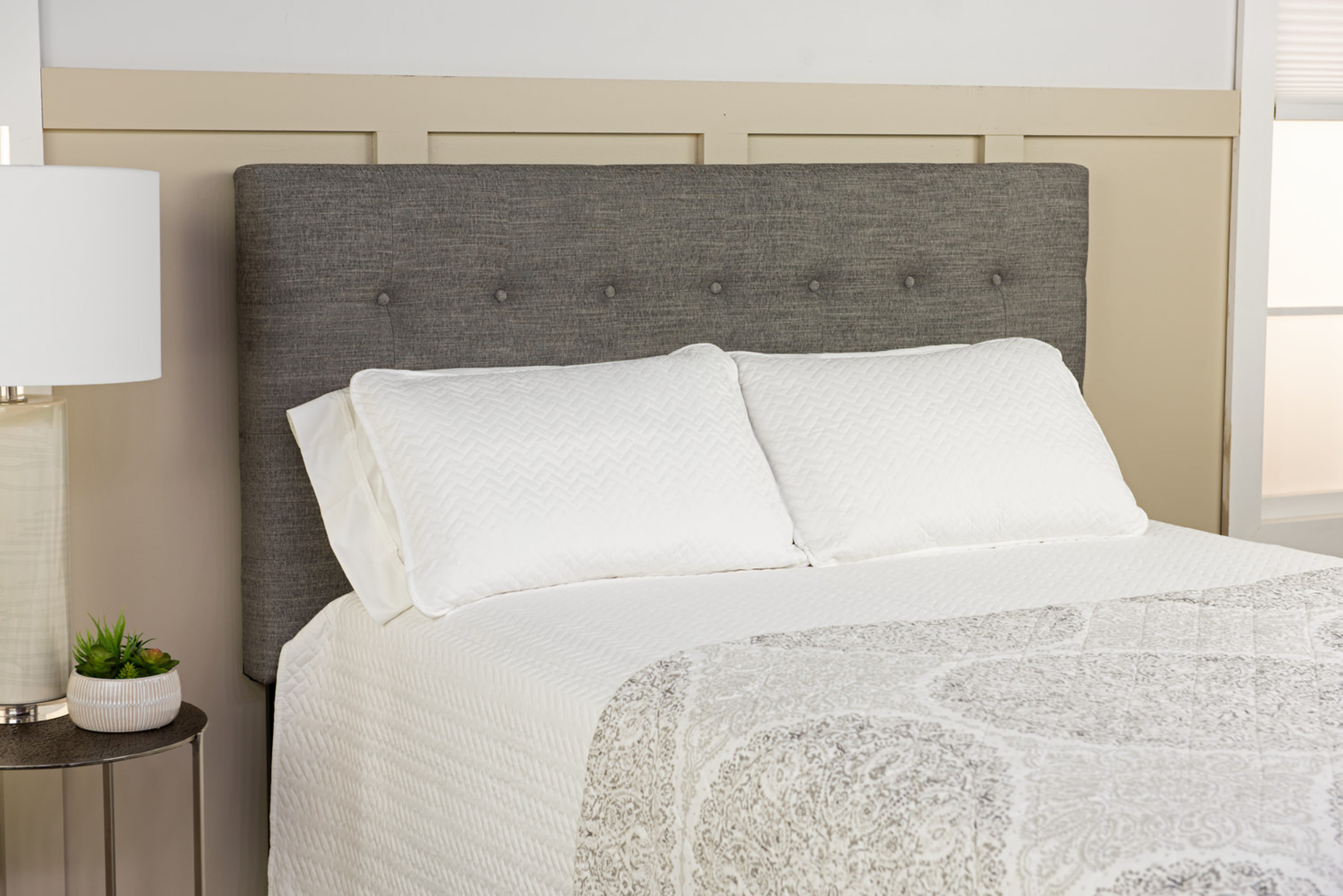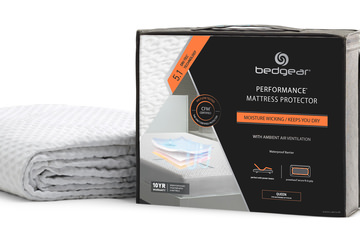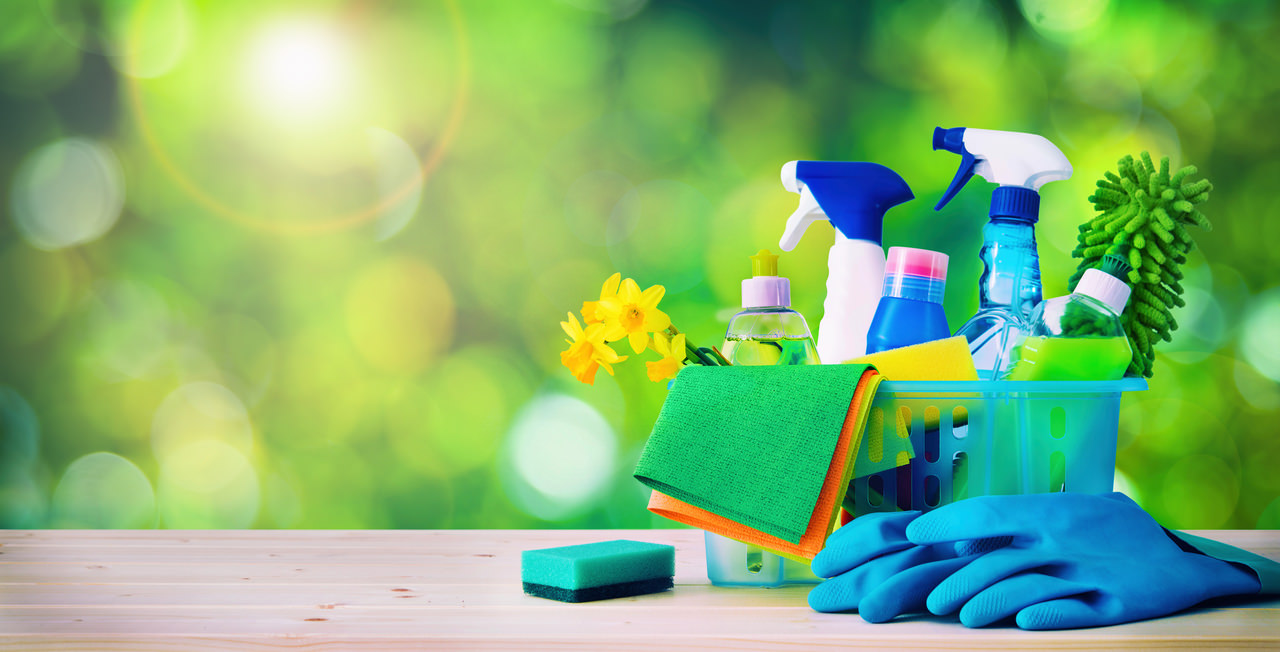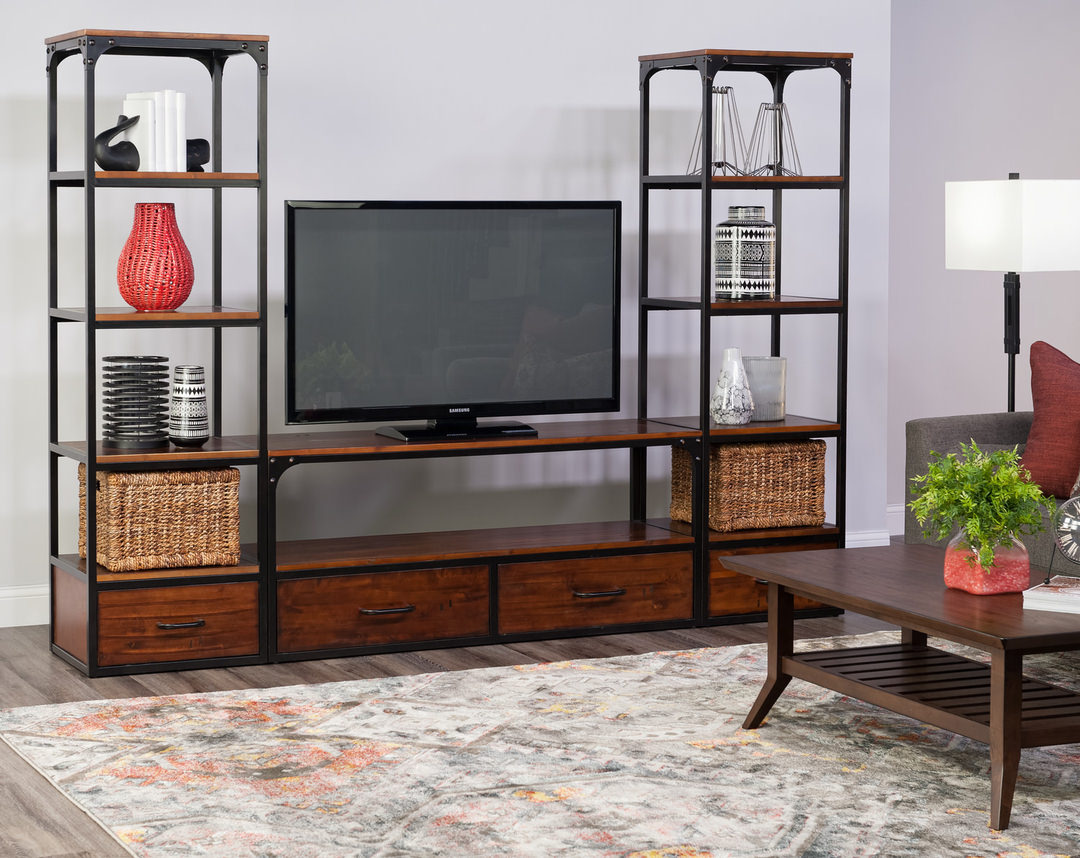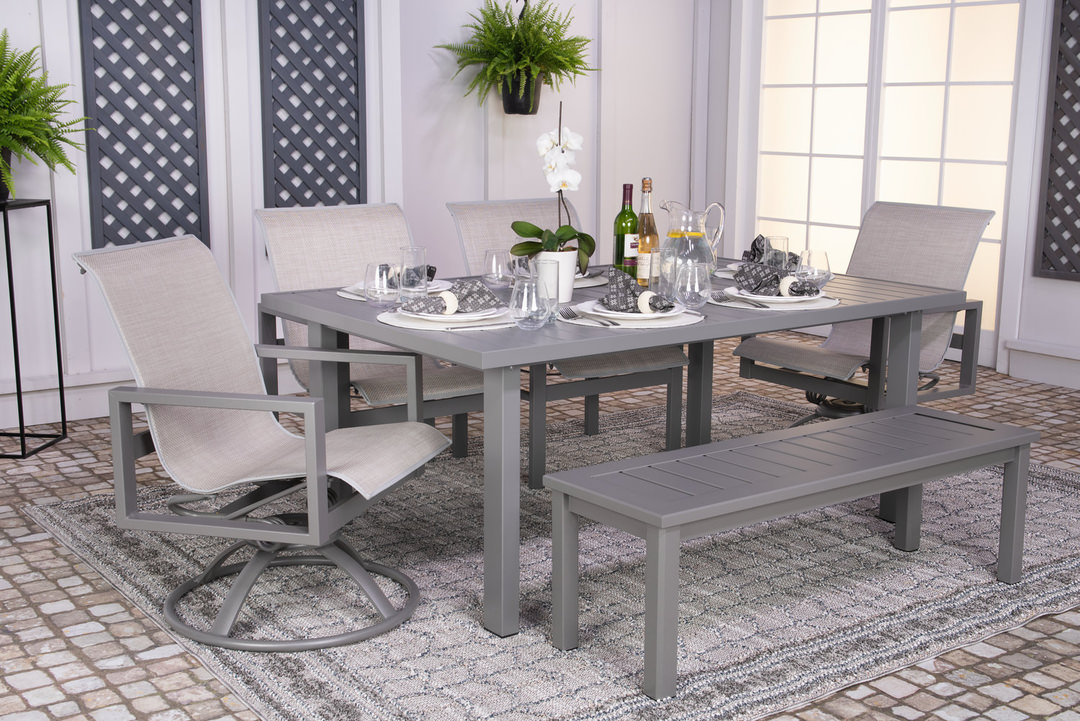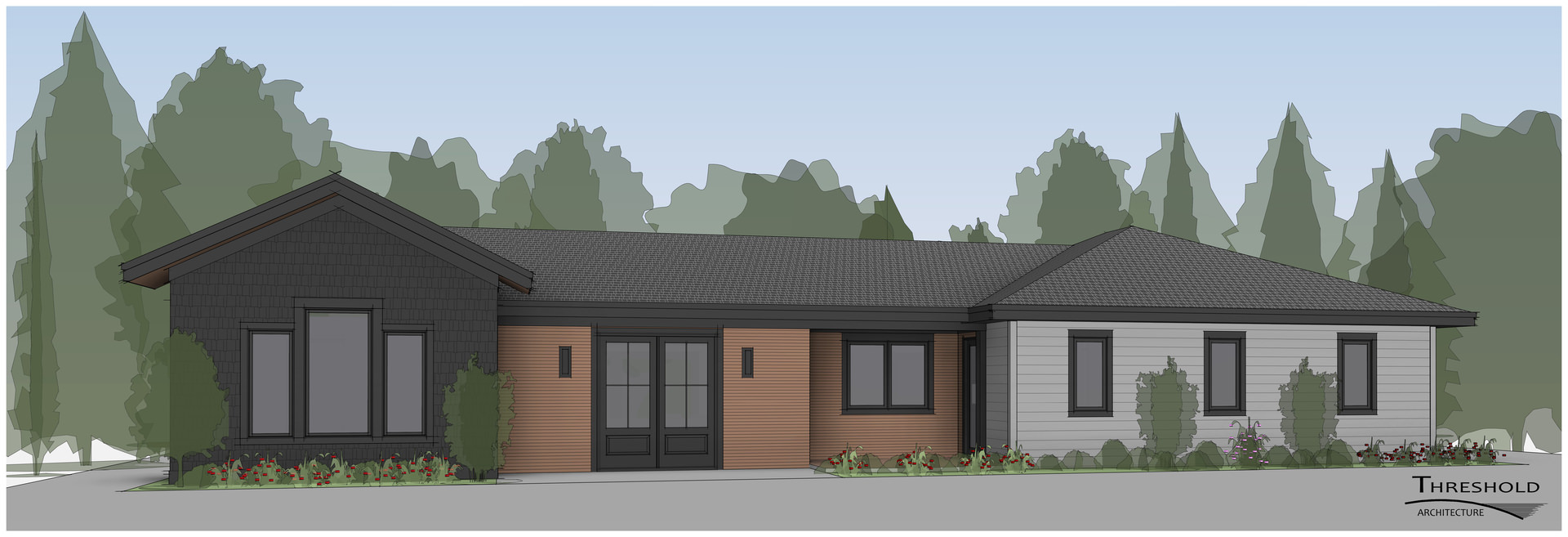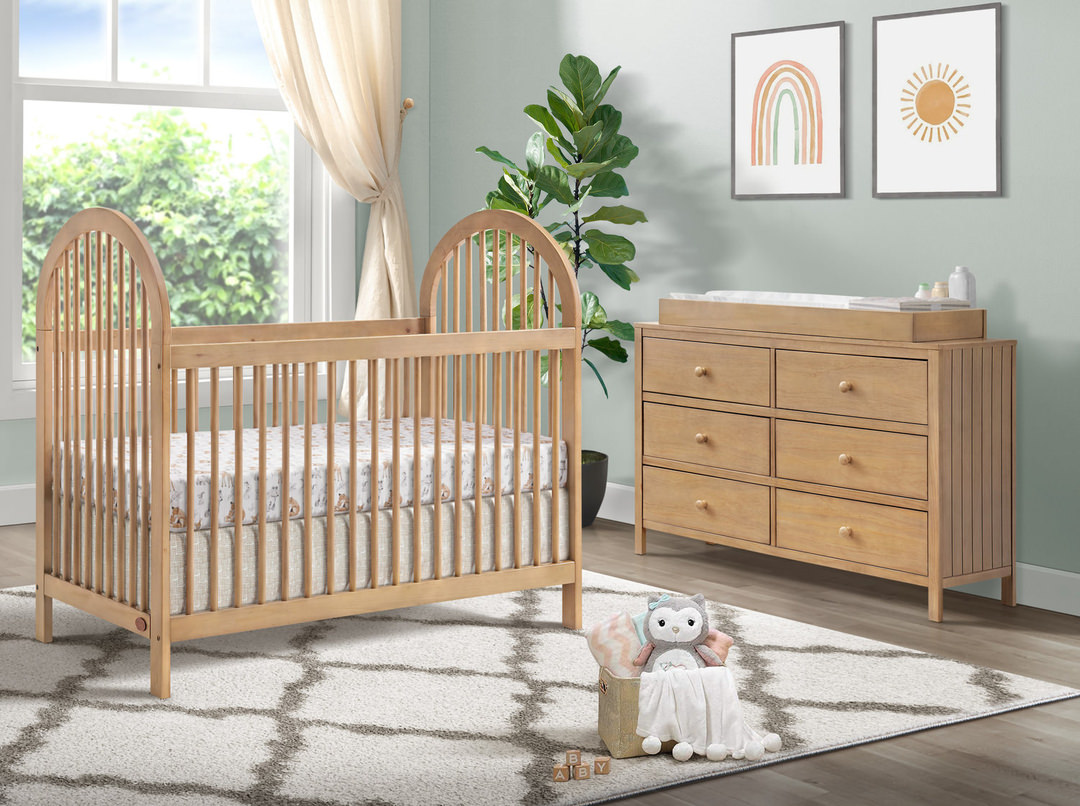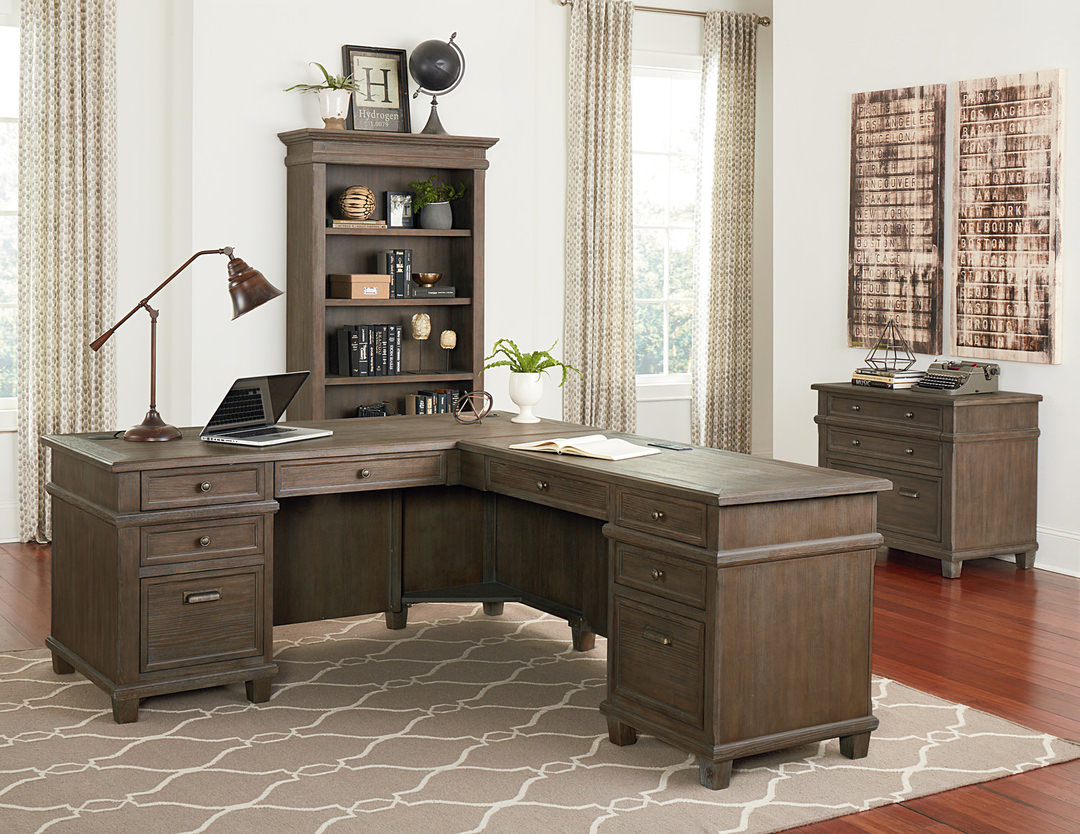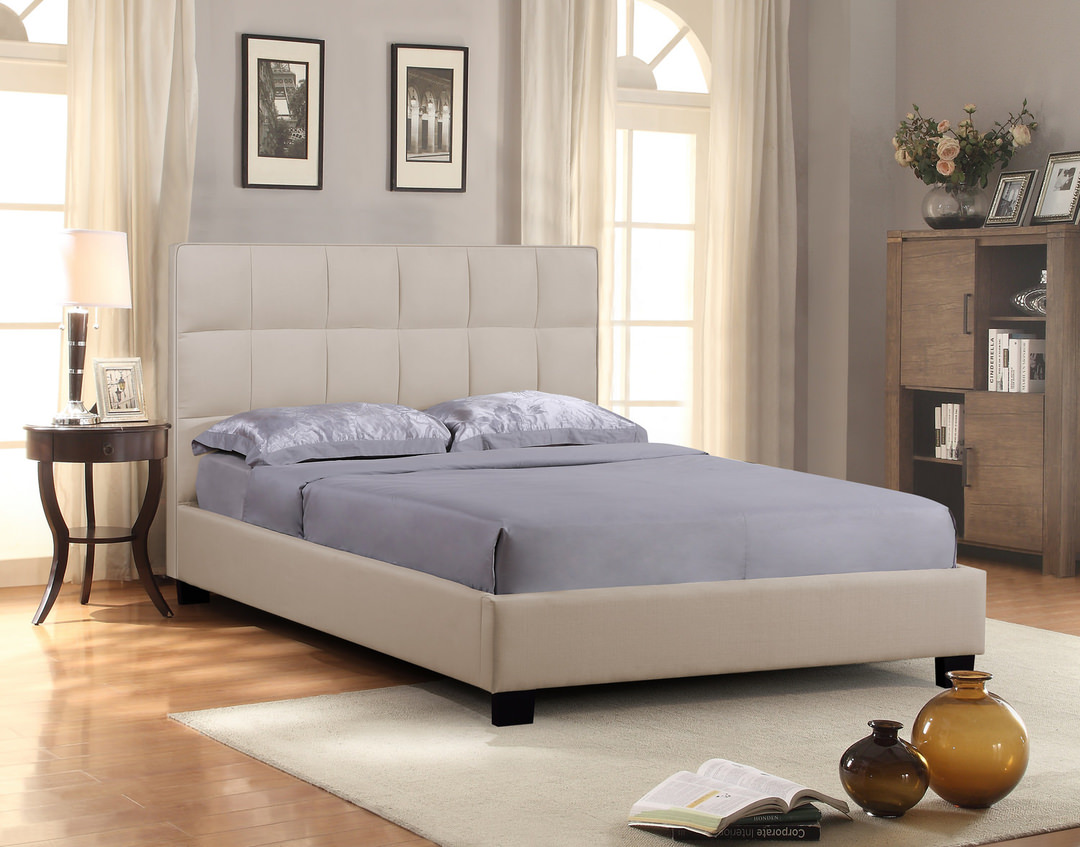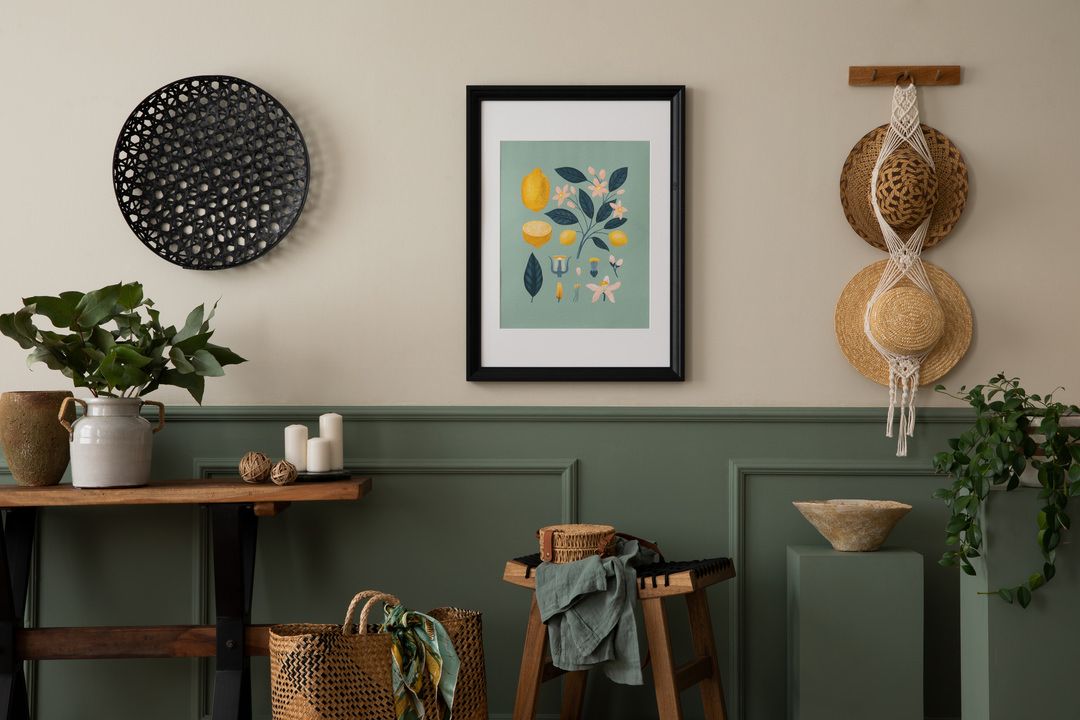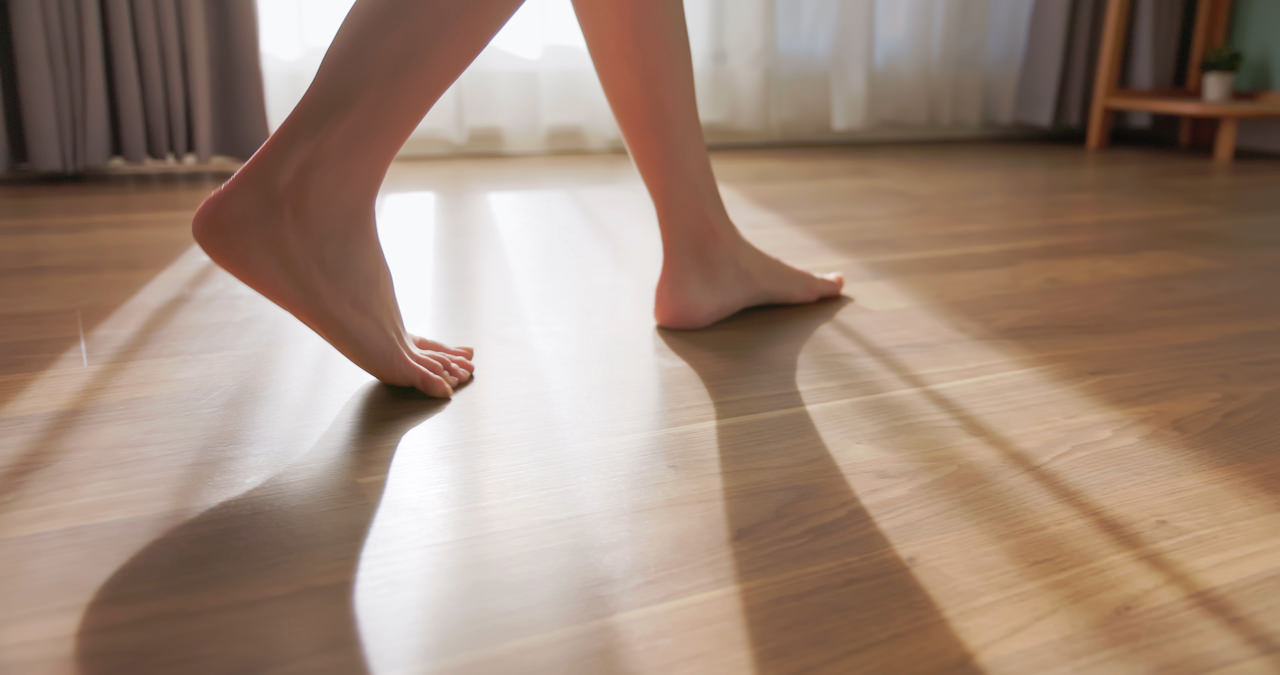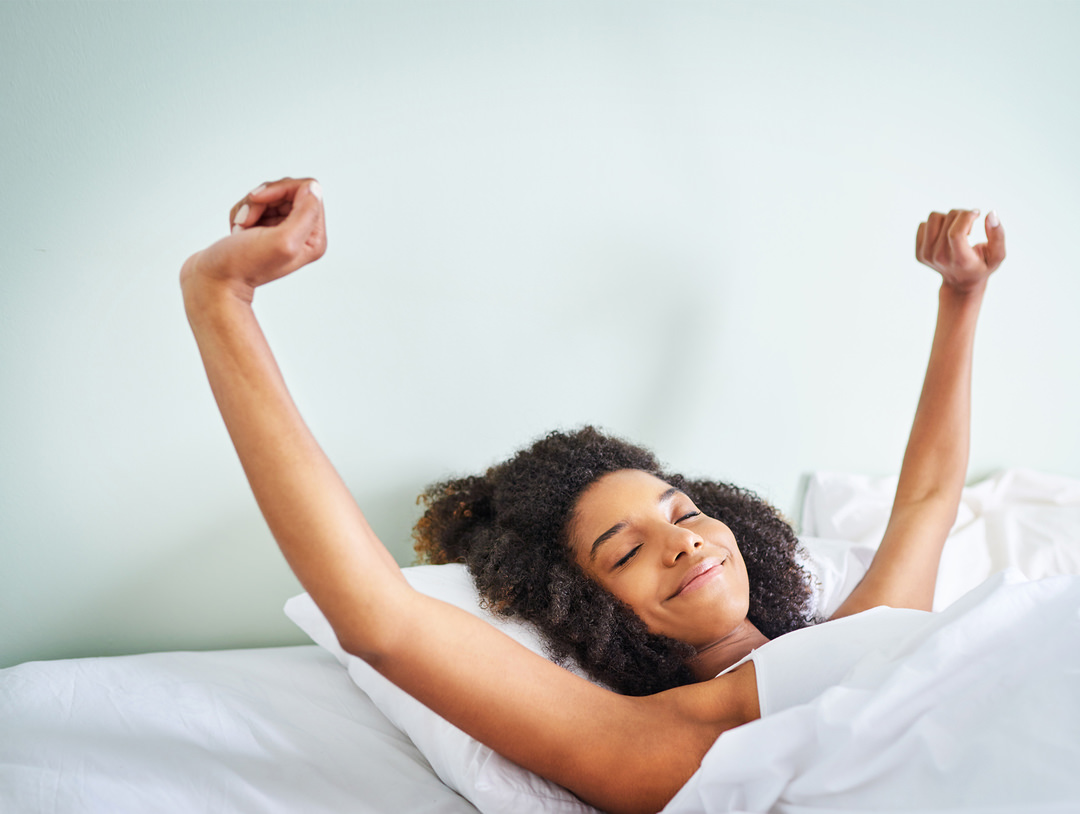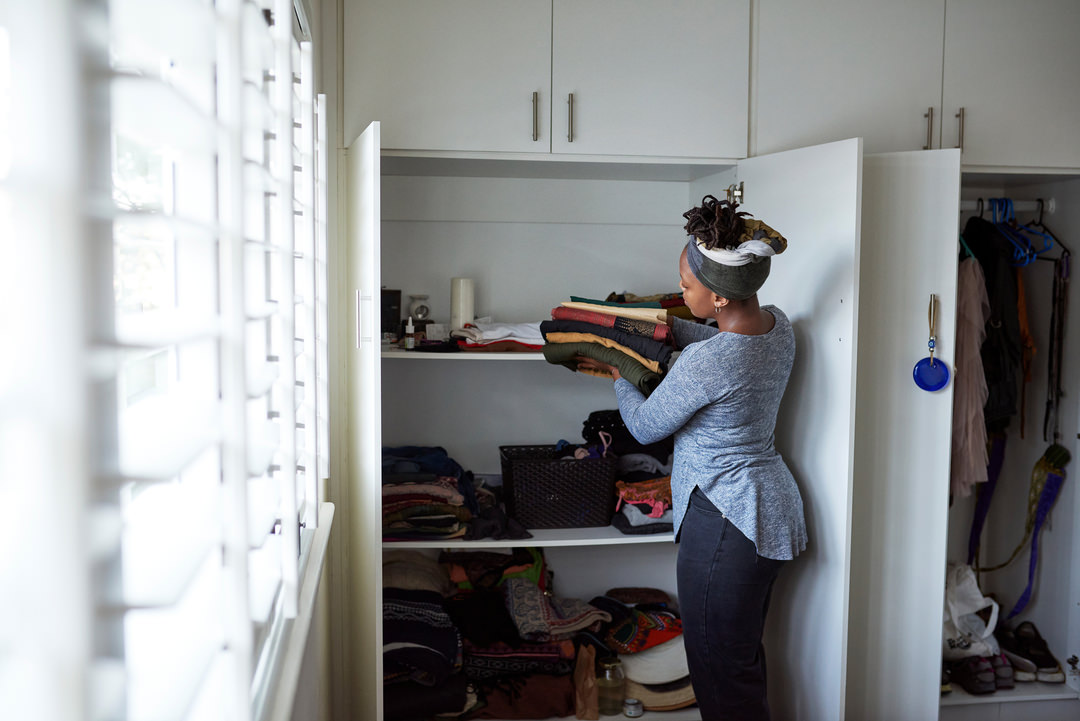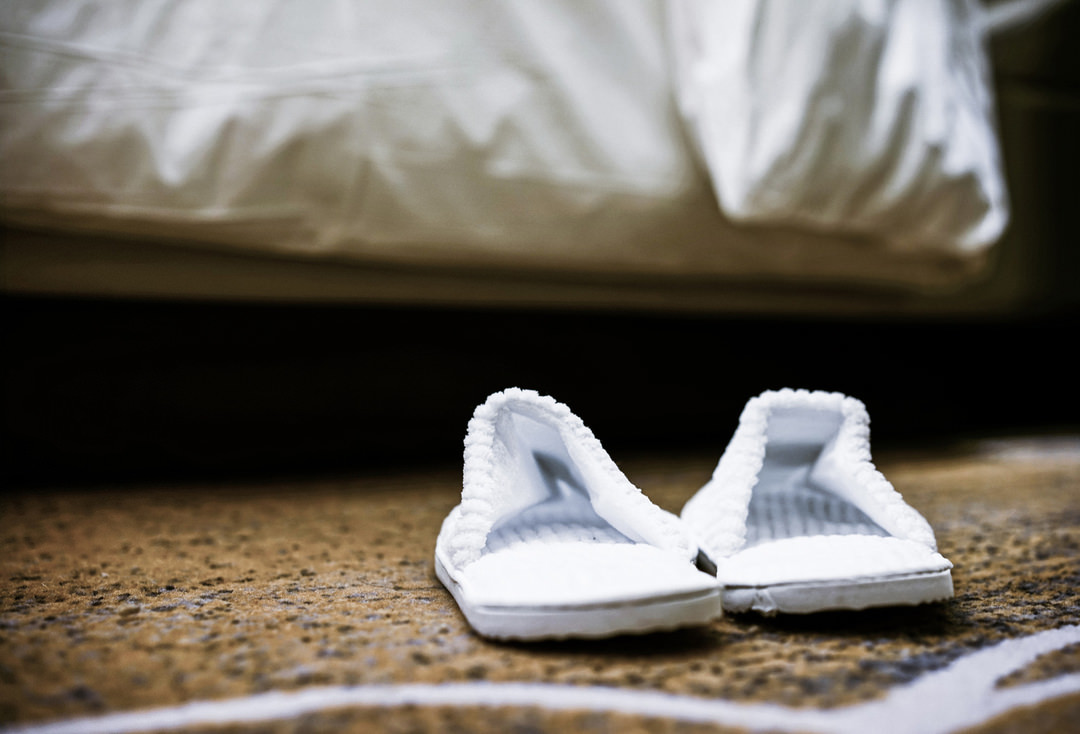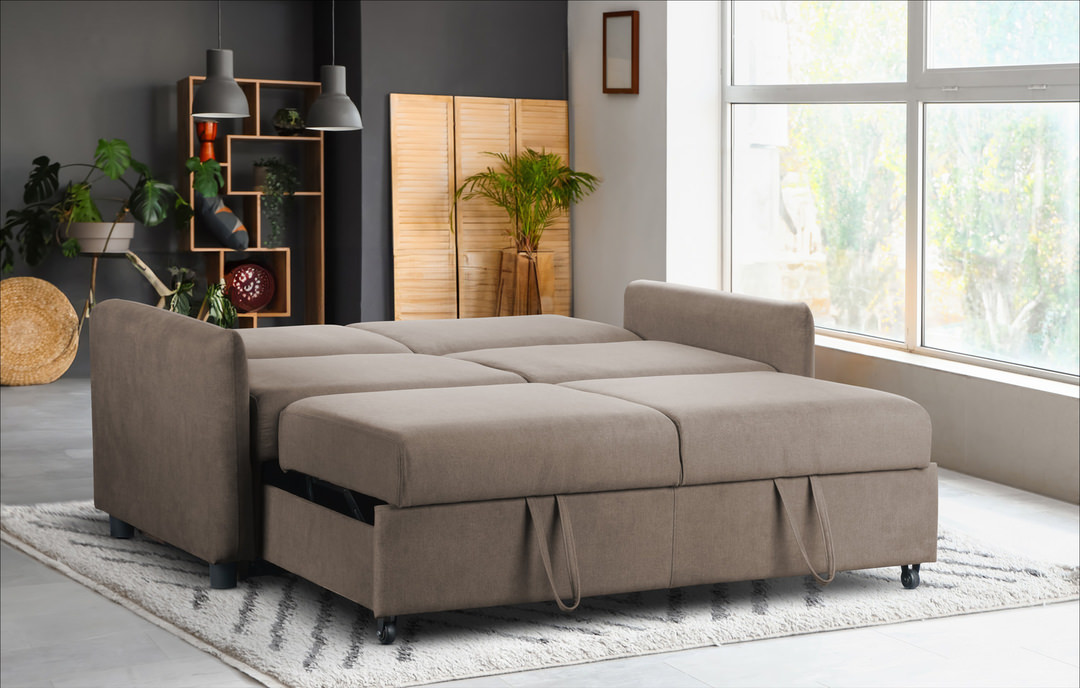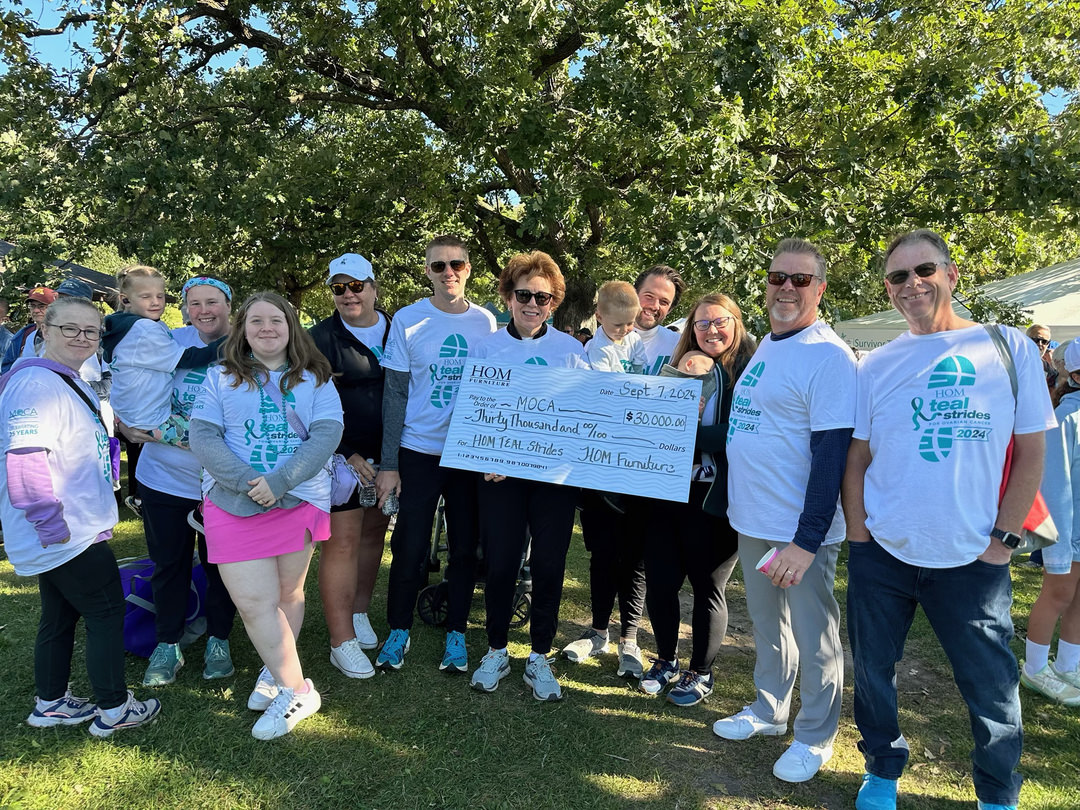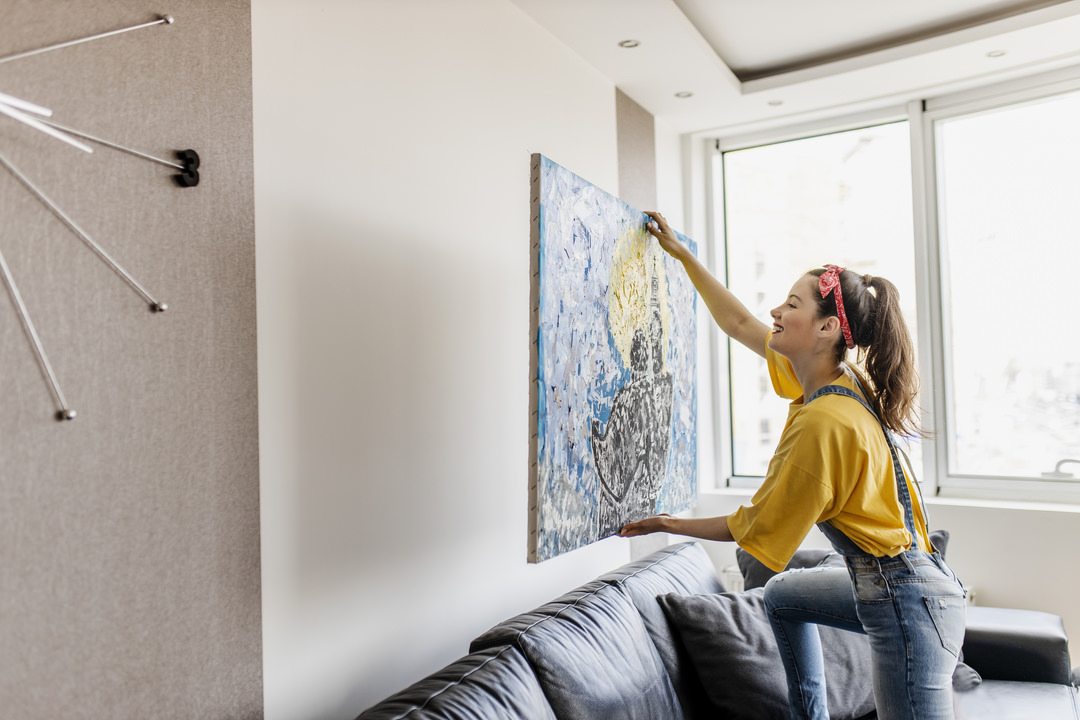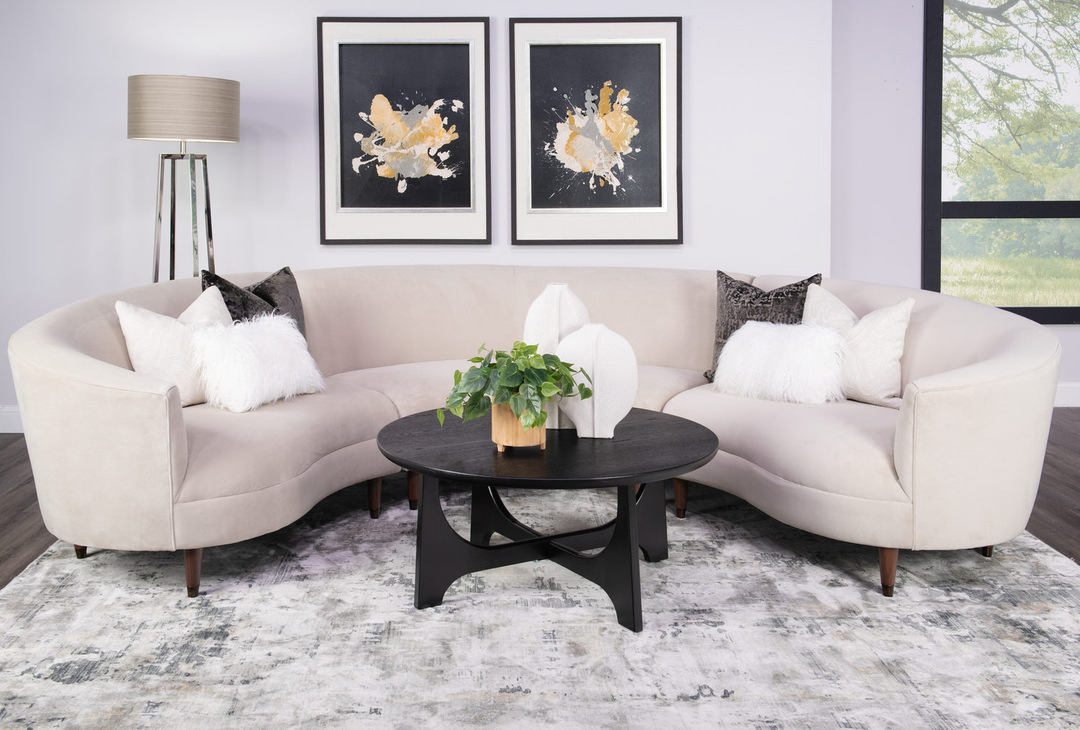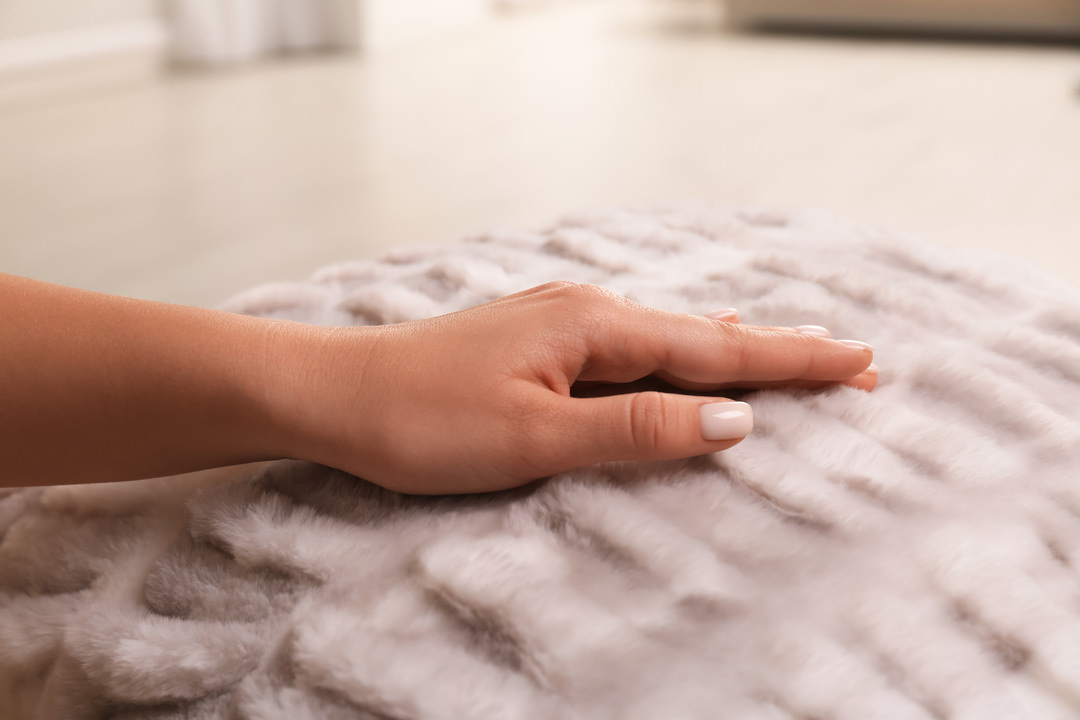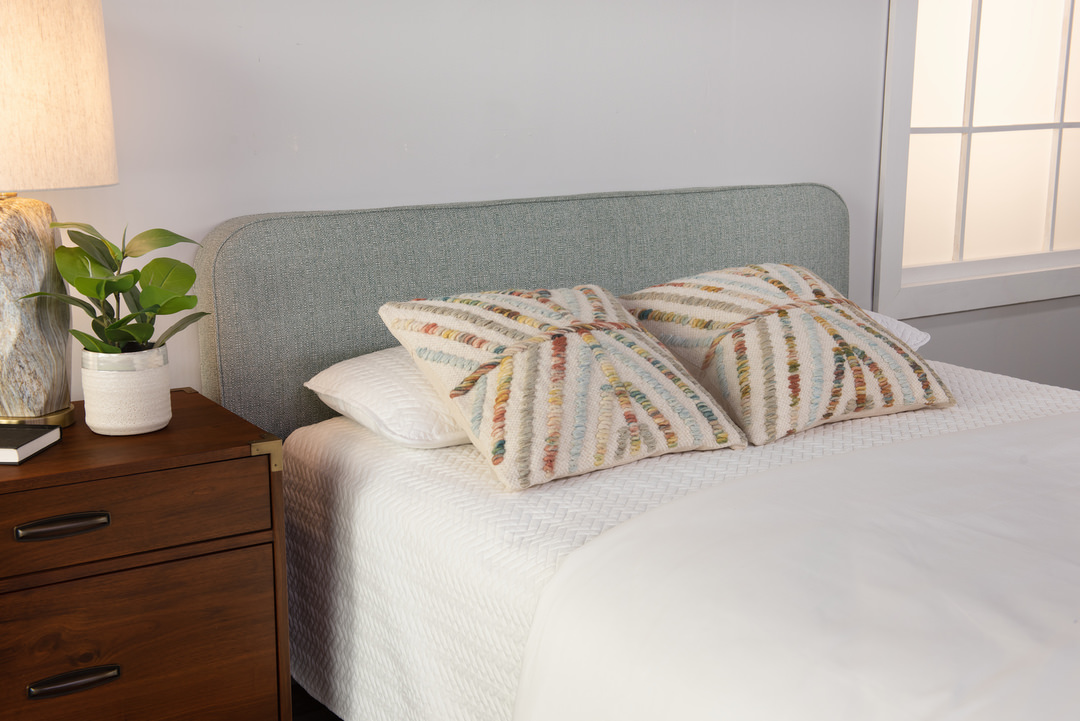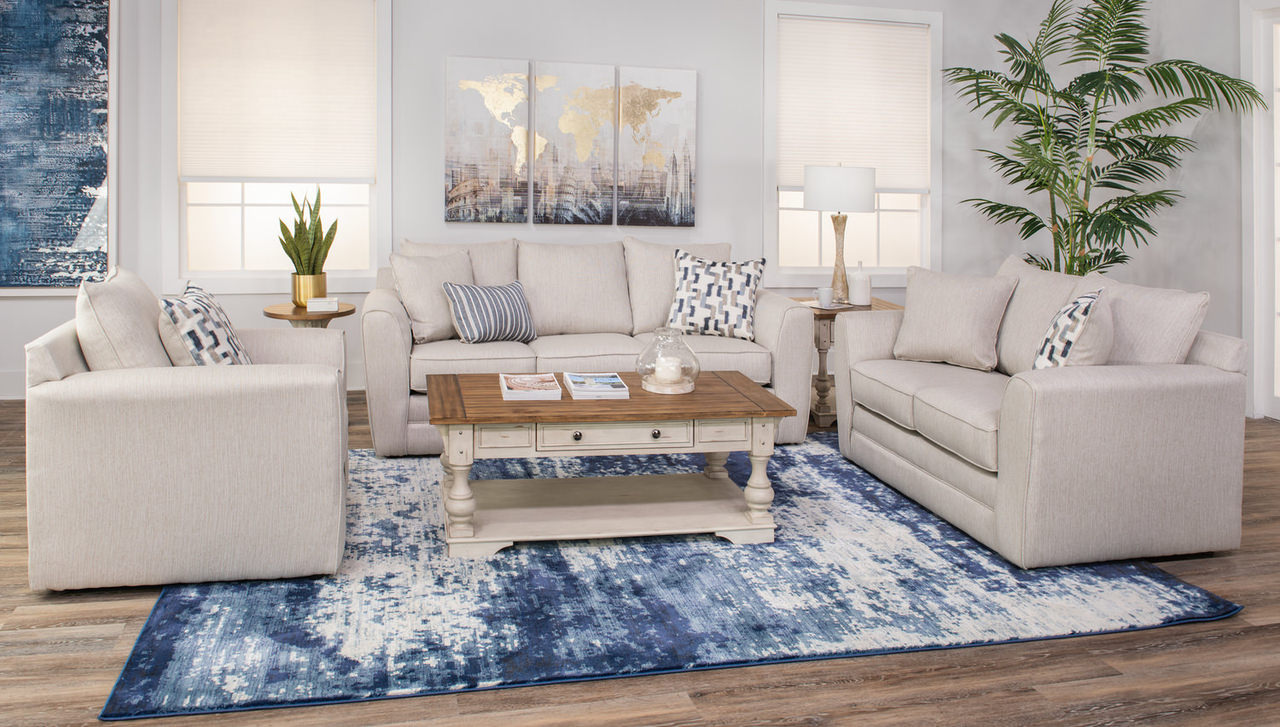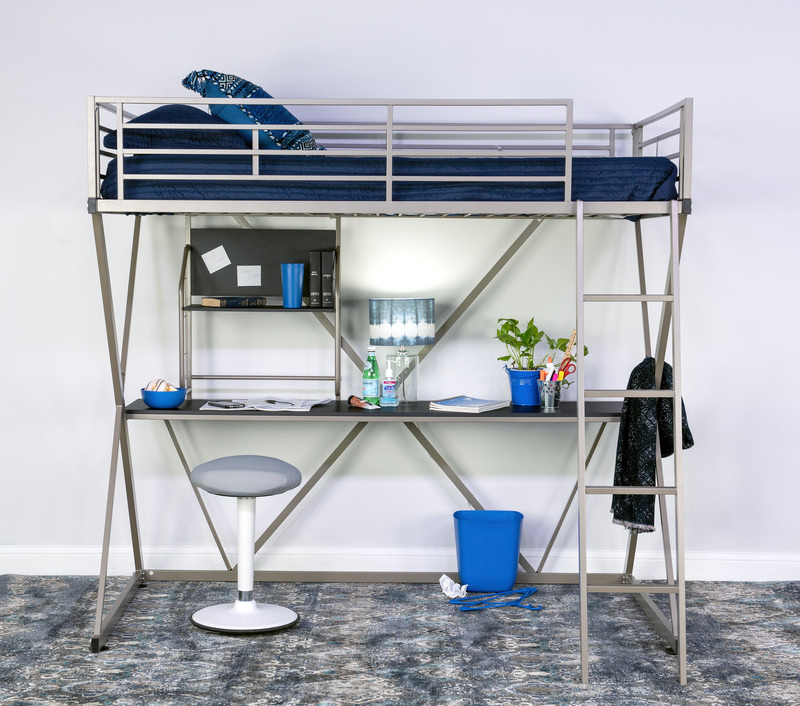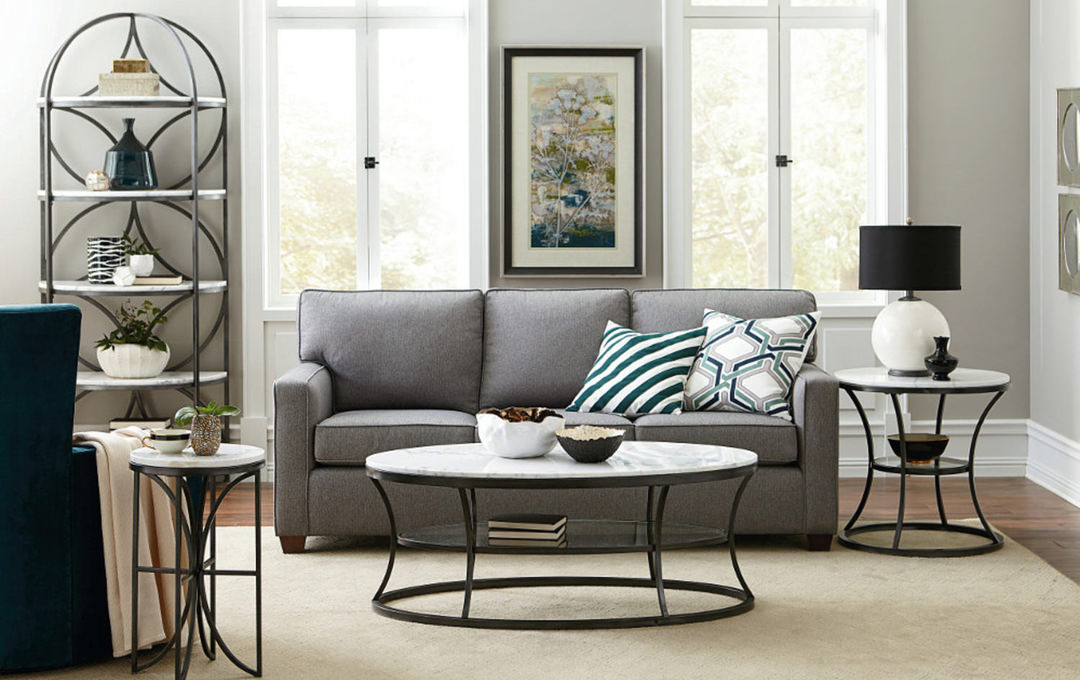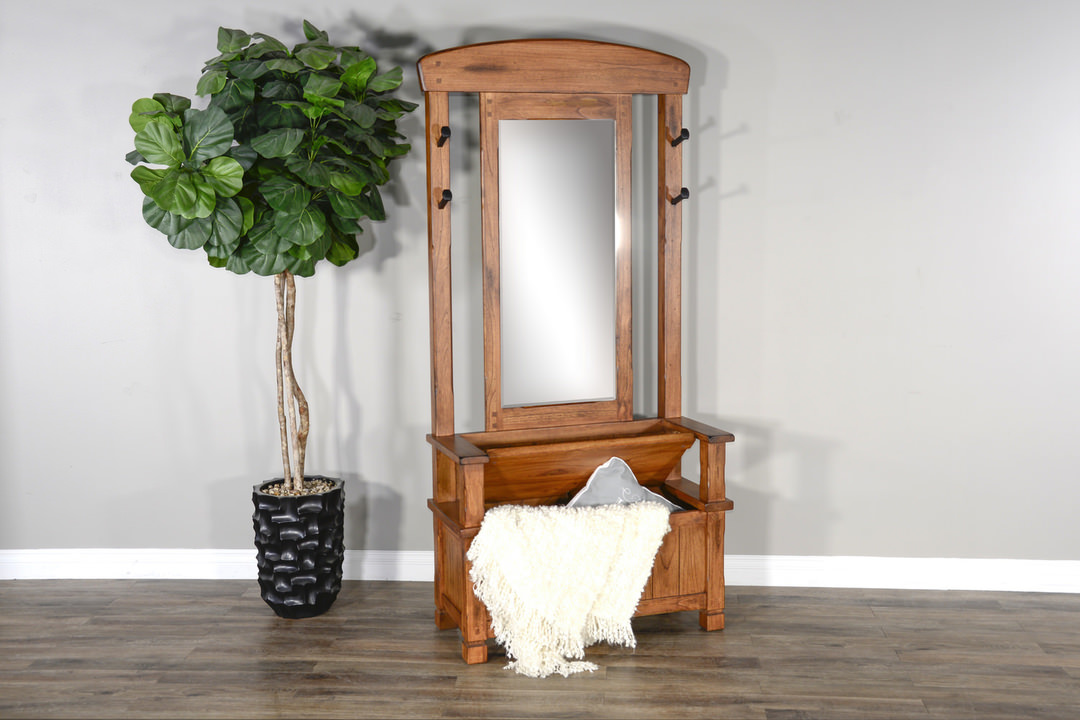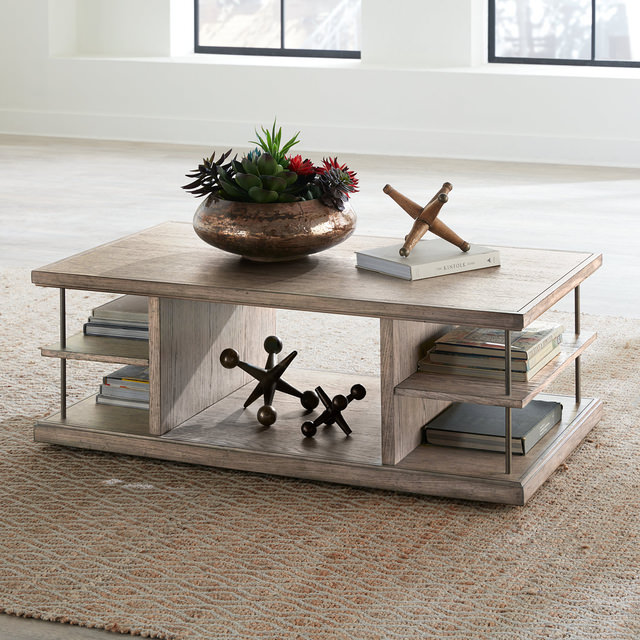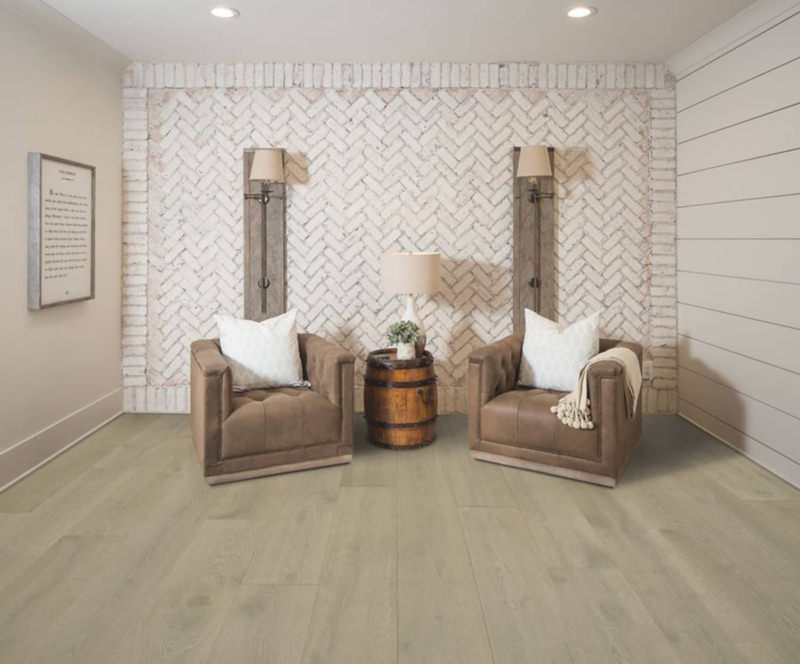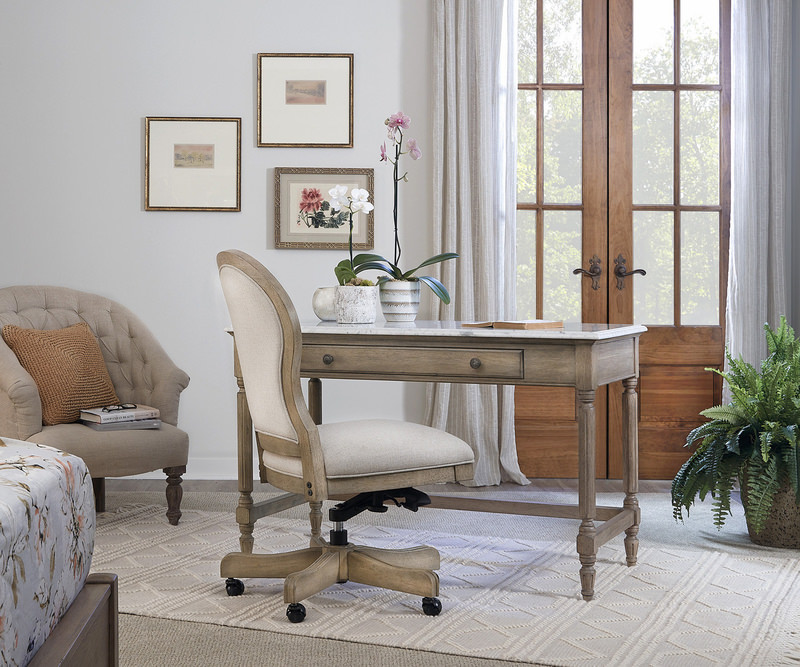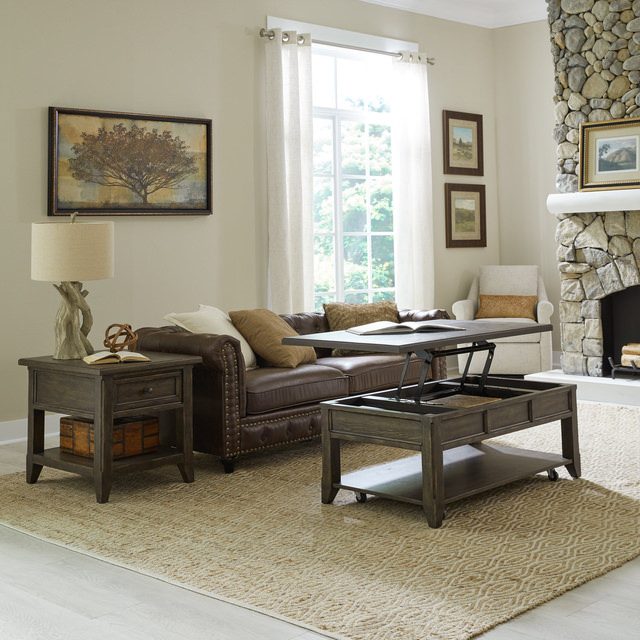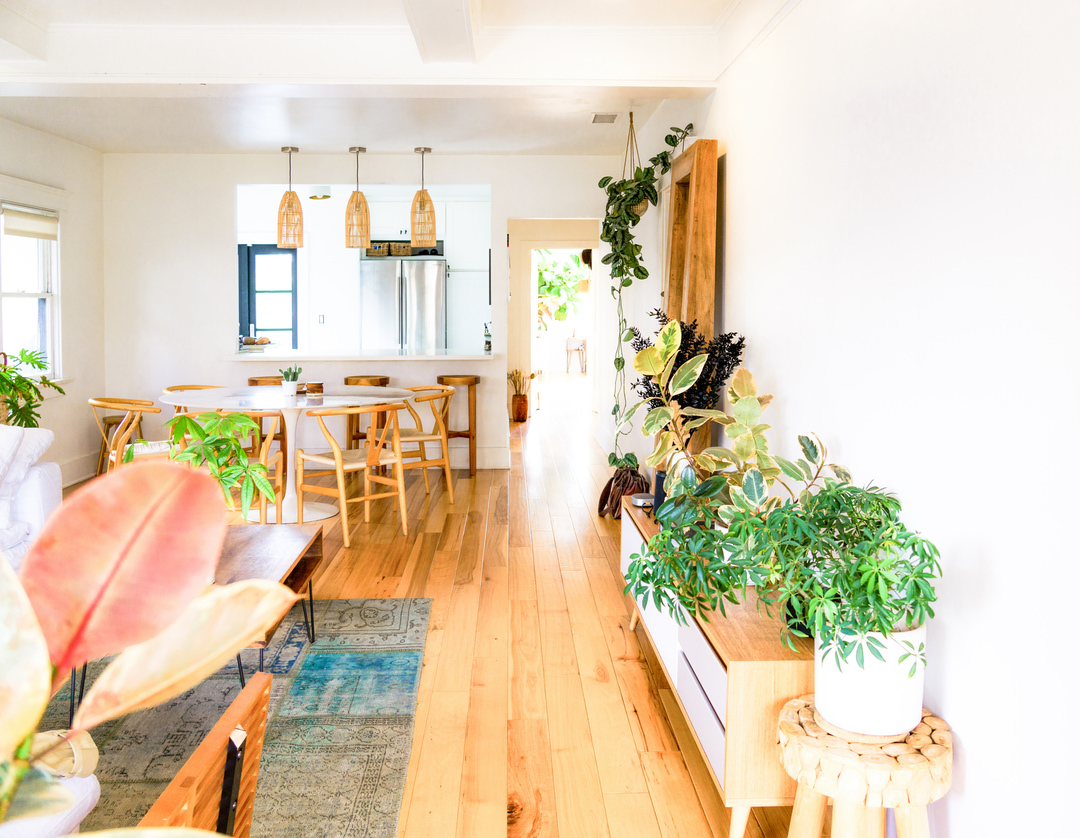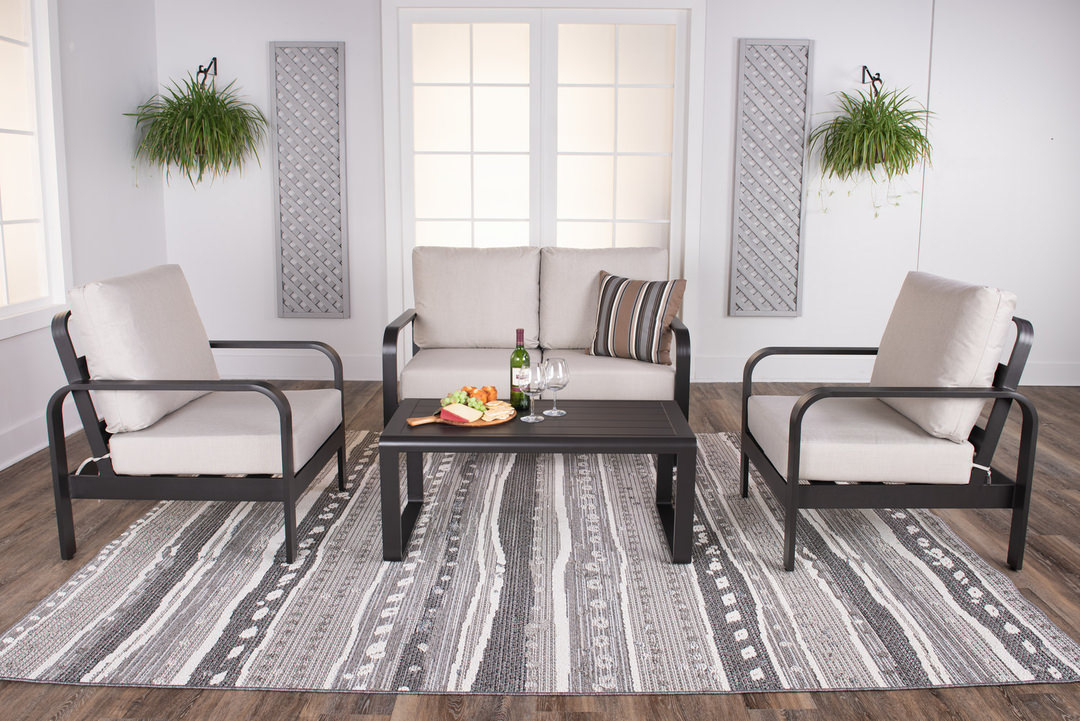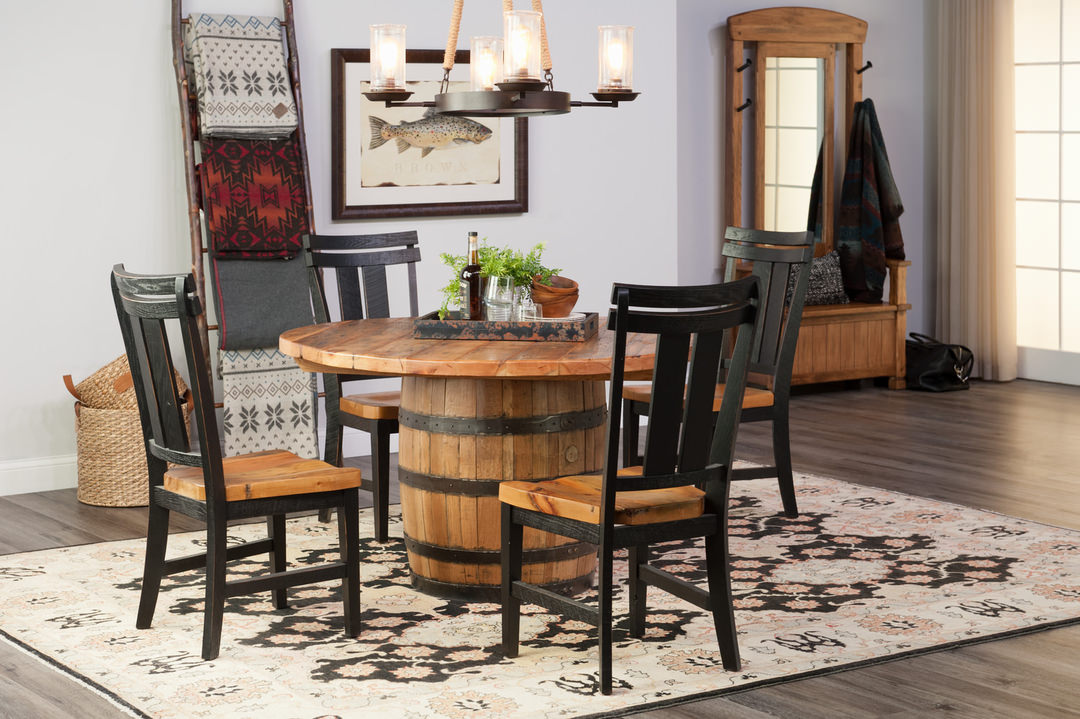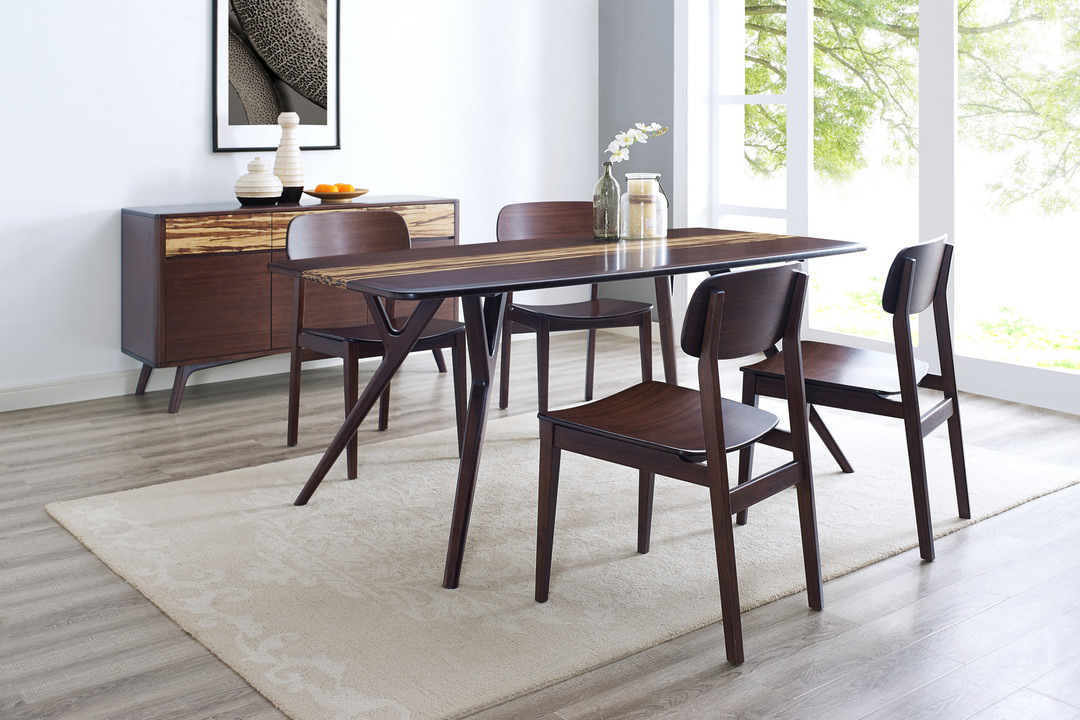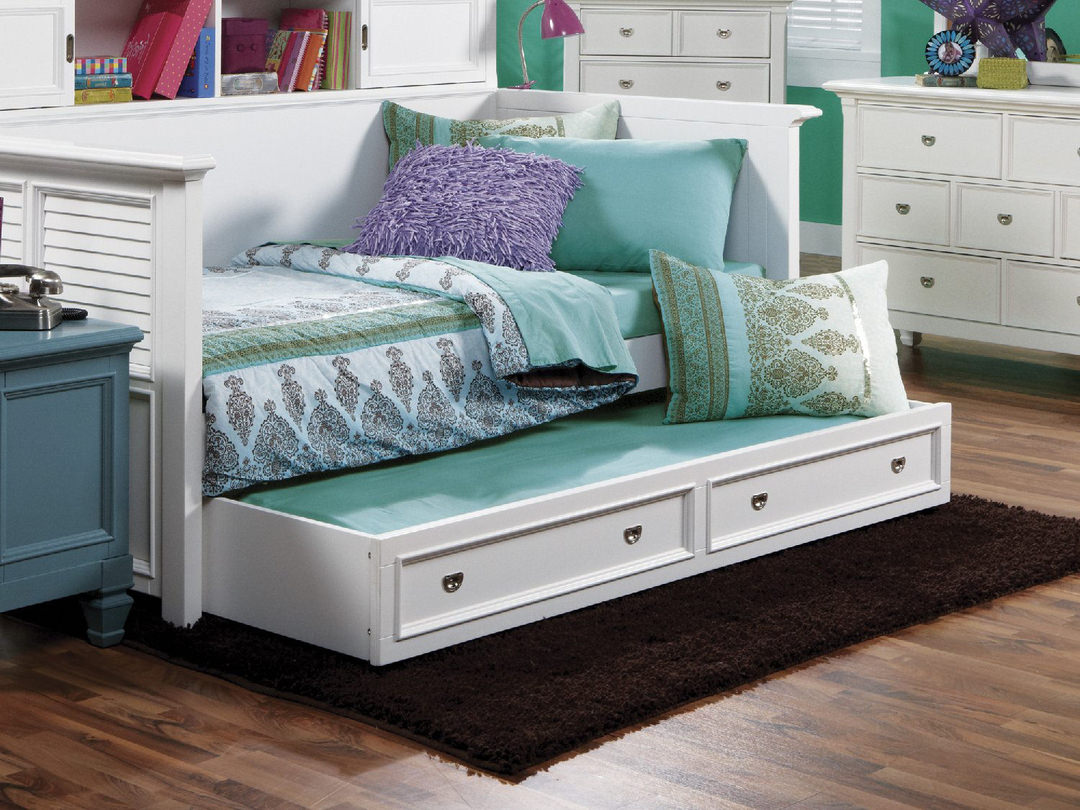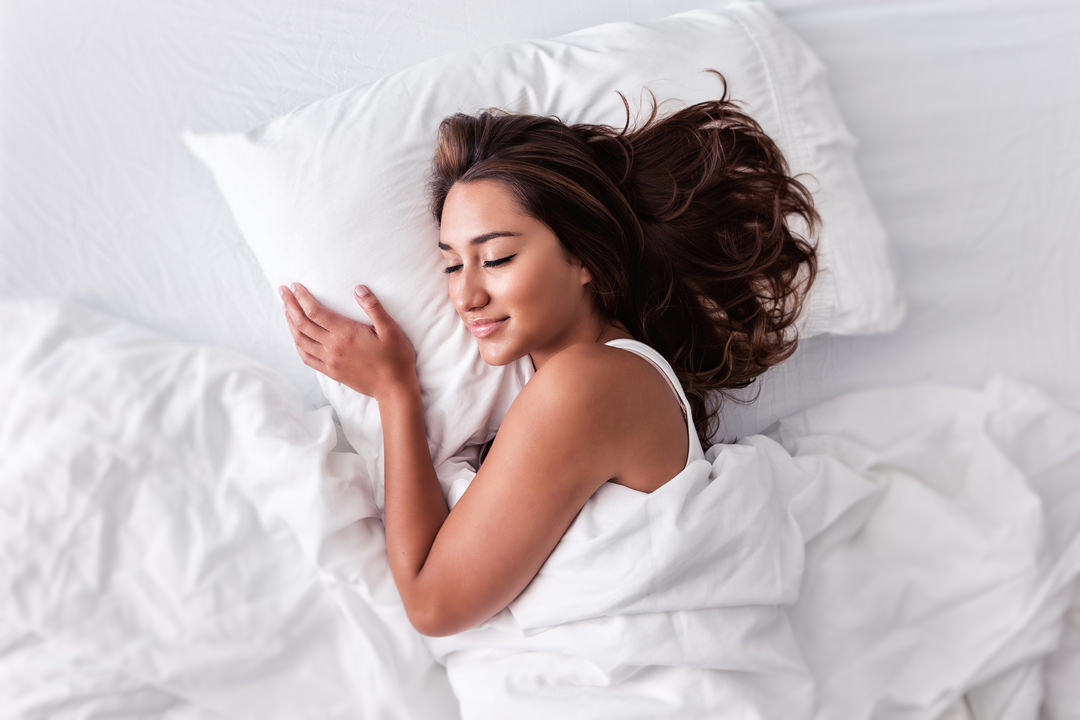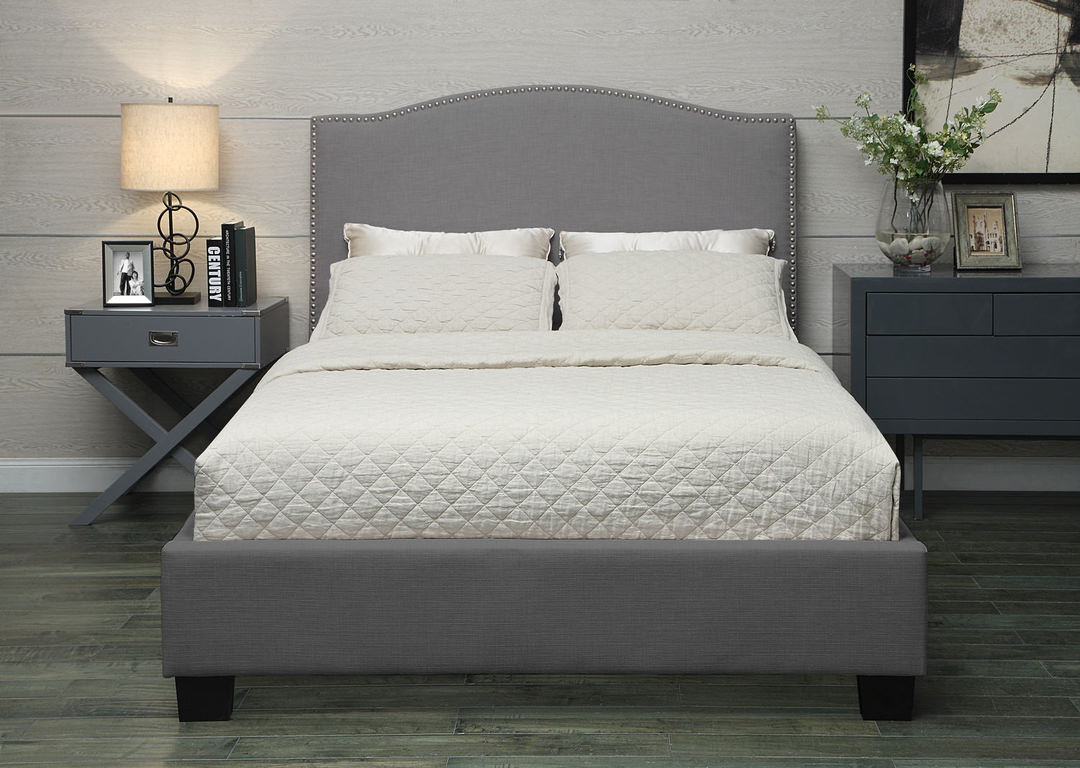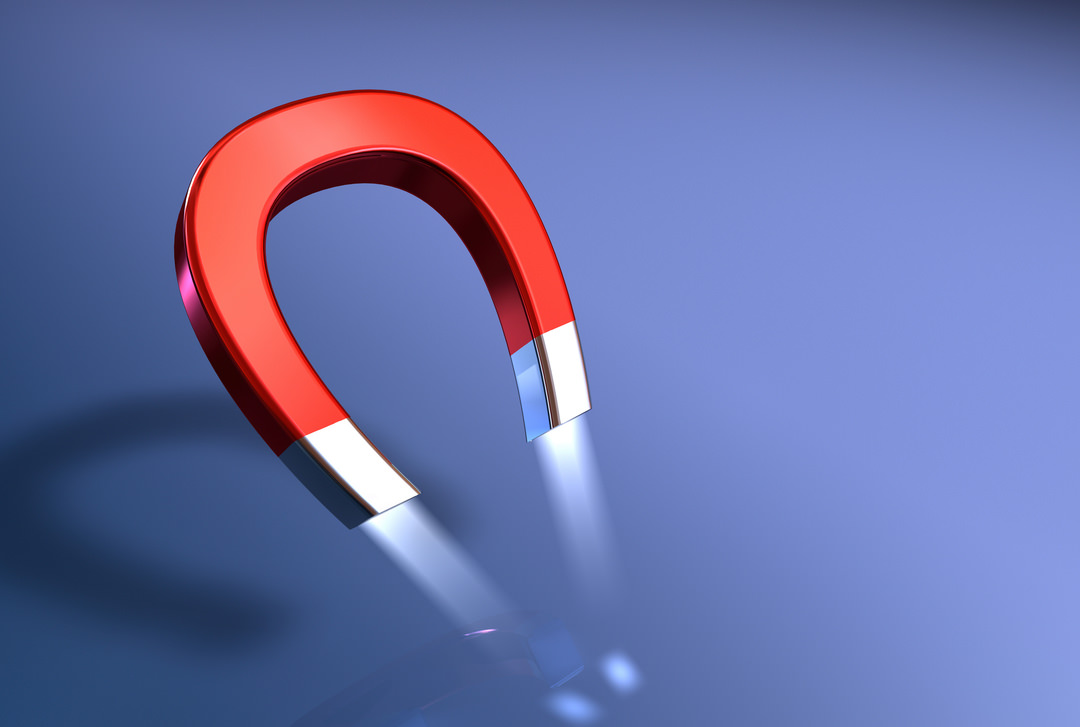All About Naps
How long is the best nap length? When should you nap?

There’s nothing quite like a well-timed nap. If you’re one of the fortunate people who can call an afternoon time out for a quick trip to ZZZ-land, you know how refreshing it can be. And if you think naps are good for you, science and medicine agree.
Still, not all naps are created equal. There are short naps, long naps and naps at different times of day. Some are more beneficial than others. If you have questions such as “How long of a nap should I take?” or “What time of day should I nap?” here are some best practices for making a daytime snooze part of your routine for healthy, adults.
Are Naps Really Good for Me?
How would you like to improve your mood and sharpen your focus? Enhance your short-term memory? Reduce fatigue, quicken your reaction time and improve your athletic performance?
According to the Mayo Clinic , it’s possible for napping to help you with all those things. There’s some evidence it can even lower blood pressure. That’s a pretty good payback for an investment of 20 minutes.
That being said, napping isn’t for everybody. Lots of people swear by them, but there are a few folks that find naps disruptive and unhelpful. People with insomnia sometimes discover daytime napping makes nighttime sleeping harder. Some individuals wake up from naps groggy and disoriented, and they struggle to get back to normal waking form.
How Long Should I Nap?
Experts agree that a good nap is a short nap, suggesting 10 to 20 minutes and no longer than 30. Sleep advocacy site sleep.org explains the reason for this.
Normal nighttime sleep happens in five-phase cycles that total between 90 and 110 minutes. The first two phases are shallow, but after about half an hour, the body slips into phase three. That’s when physiological changes that promote deep sleep start to take place. If your nap spills over into this stage, you might wake up feeling a little punchy. This sensation, called sleep inertia, can hang with you as long as an hour.
10 to 30 minutes of sleep give the body its recuperative rest without fooling it into thinking it’s nighttime.
When Should I Nap?
Healthy sleep is regular sleep. To maximize napping benefits, schedule your siesta for about the same time every day. Naps are most constructive when your body absorbs them as part of a routine.
For the average adult, the ideal nap time is early afternoon. Most people experience a surge of energy later in the day that keeps them going into the evening. It’s preferable to nap when you feel the need for sleep but before that surge kicks in. Usually that means it’s best to get your nap in before 3:00 PM. A later doze may throw off your overnight sleep schedule.
What Are Some Other Napping Tips?
The Sleep Foundation offers a few additional nuggets of napping advice.
- Create a restful environment. A bed in a comfortable and quiet room is ideal. Silence your phone. If you don’t have a dark, quiet place, use devices such as eye masks and earplugs.
- Let go of your worries. It’s your time. Don’t put pressure on yourself to fall asleep. Try breathing or relaxation exercises. Remind yourself that lying quietly with your body motionless and your eyes closed is beneficial whether you actually nod off or not.
- If you’re worried about sleeping too long, set an alarm.
- Take some time to get moving again after you wake up. In the morning, you may have to jump out of bed and hit the floor running. After a nap, however, you consolidate the gains you’ve just realized when you blink your eyes open and just lie there for a minute or so.
Upgrade Your Bedware
If you don’t have a firm, comfortable bed, you won’t get the best sleep at night, and your naps will be less than they could. Make sure your mattress and your pillow are in good shape.
If your mattress has lumps, bumps or gullies, or if the memory foam doesn’t recover or no longer fits your contour, it may be time for a new one. If you wake up tired or sore, a worn-out mattress may be the culprit.
Make sure your pillow doesn’t have lumps. It should bounce back promptly after you fold it over. If you find yourself constantly fluffing it, or if you wake up with neck or shoulder pain, the solution may be a simple as treating yourself to a new pillow.
Every Napper Is Different
These guidelines about the length of your nap and the time of day are a good place to start. With a little experimentation, you’ll find the exact numbers that suit your own unique body. So pull the shades, take a few good yawns and have a pleasant spot of shut-eye!
